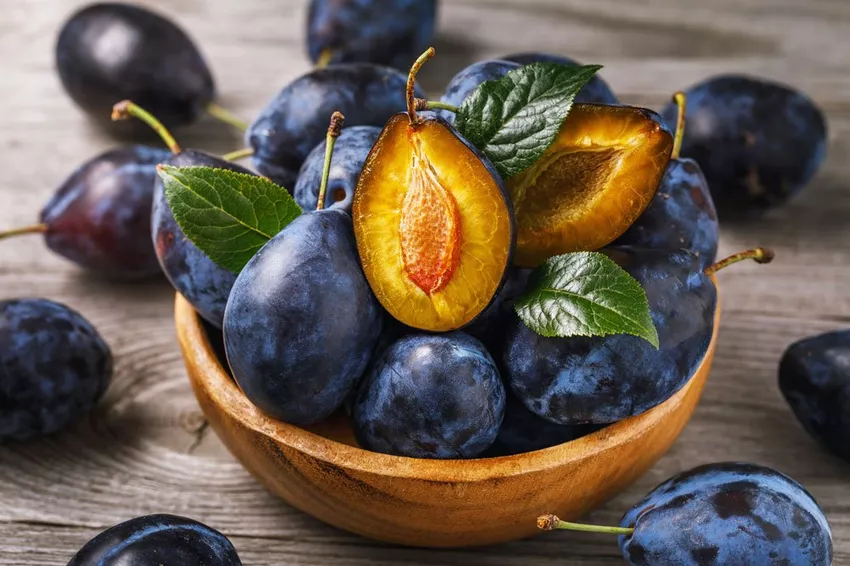Anyone who likes to eat plums knows how difficult it is to pit them. However, here are 2 ways to make it child's play.

Plums are an extremely popular stone fruit that can also be used in a variety of ways in the kitchen. If you want to make cake, plum jam, plum compote or plum brandy yourself from the fruit, you first have to get rid of the stone. There are various methods that can be used to pit plums relatively easily and quickly. We would like to introduce these to you in more detail below.
Plum stones are difficult to remove
Plums are the main ingredient used in most kitchens these days. Plums are particularly suitable for cakes and pastries and also have the advantage that the stone can be easily removed from the pulp. It's different with plums. Plum kernels are considered relatively stubborn and difficult to remove from the pulp. But even if the kernels are very stubborn, it is important to be patient. If you try to attack the plum stone with too much force, you usually damage the fruit and crush it. As a result, it can hardly be used for cakes and pastries, for example.
In order to safely remove the stone from the fruit, it must already be well ripe, otherwise it cannot be removed from the pulp. Plums that give a little when light pressure is applied with your fingers are ideal.
How to pit plums easily
Option 1 - remove the seeds with a knife:

Most cooks use a knife to pit plums. In fact, this procedure is easy to use and, with a little practice, goes very quickly. If you want to stone the plums with a knife for the first time, you will certainly need a little practice. Just do the following:
❍ Step 1:
First of all, the plums have to be washed and dried. The latter works best with kitchen paper, with which the surface of the fruit is rubbed dry.
❍ Step 2:
Now you can start coring. Duringthe plum is held with one hand, the knife is applied to the tip of the fruit. Now you can cut along the visible indentation with the blade. The blade should penetrate deep enough to reach the stone.
❍ Step 3:
Now the two halves of the fruit can be carefully turned against each other so that they detach from the core in the middle.
❍ Step 4:
After the stone has been loosened by twisting the halves of the fruit, it falls out of the plum. The fruit halves usually remain whole, so they can be processed in many ways.
Option 2 - use the plum stoner:

Purchasing a stoner can be worthwhile for anyone who frequently processes large quantities of plums. This little tool that looks like a pair of tongs is easy to use and pits the plums without damaging them. As with a cherry stoner, the stones are simply pushed out of the pulp. Here's a little guide:
❍ Step 1:
In the first step you have to wash the plums and dry them with kitchen paper.
❍ Step 2:
The plum is then placed in the stoner. It is important to ensure that it is positioned lengthwise.
❍ Step 3:
Now the stoner can be squeezed. Due to the pressure, the stoner bores into the plum. The stone will eventually be pushed out of the plum.
Our tip:
After pitting, you can not only process the plums fresh. They're also easy to freeze. So that the frozen fruits can be removed individually, they should first be frozen at a distance on a tray and then transferred to containers.